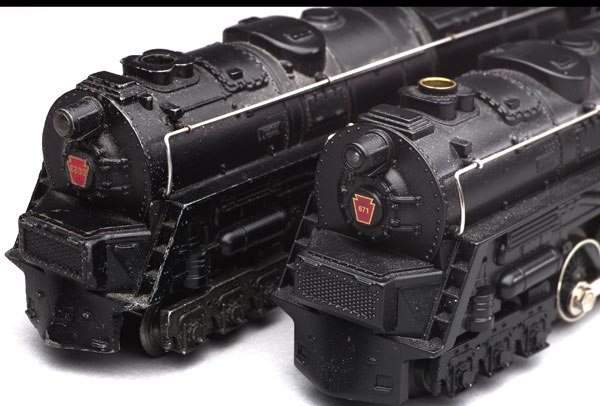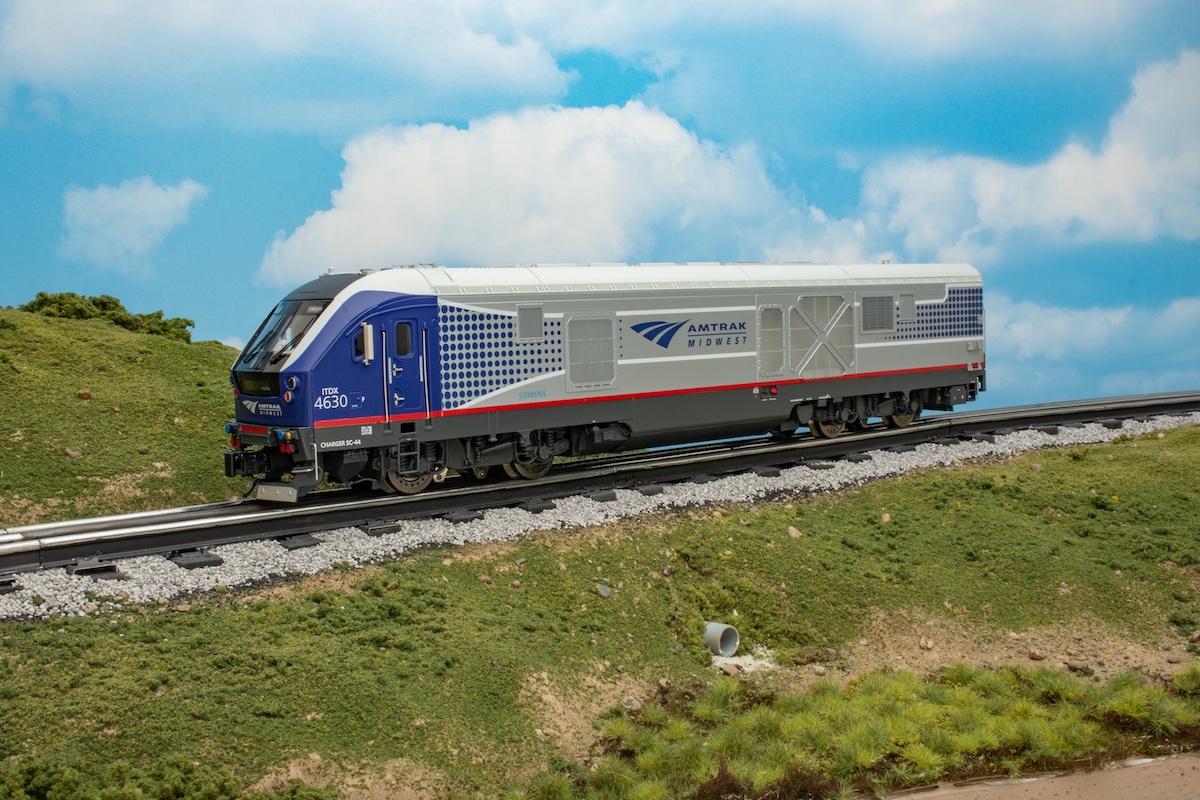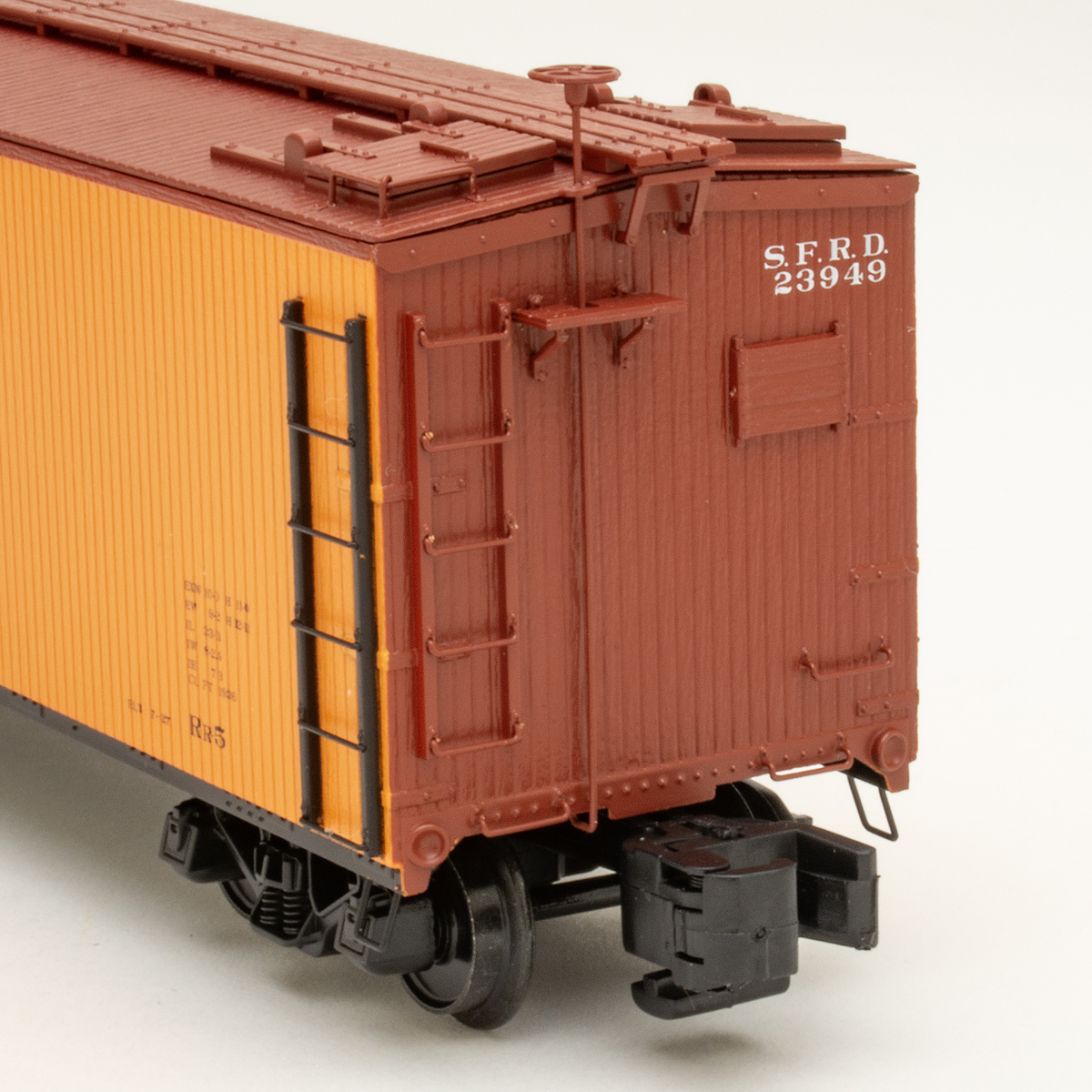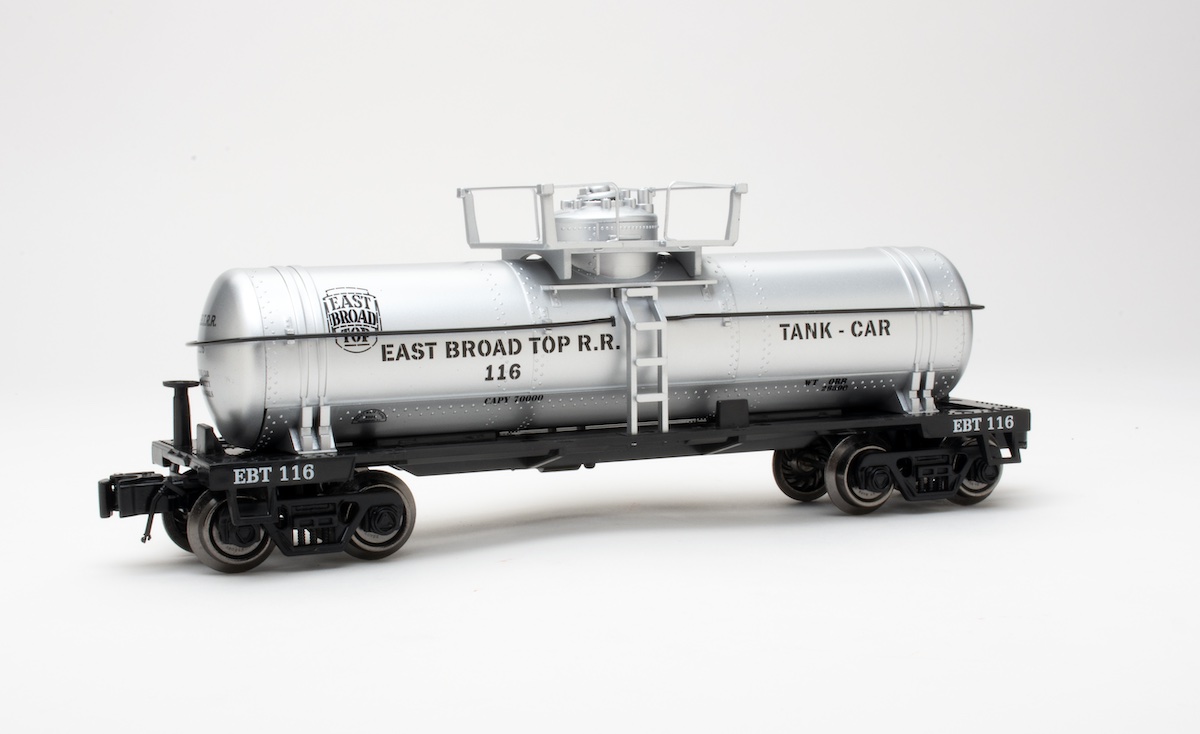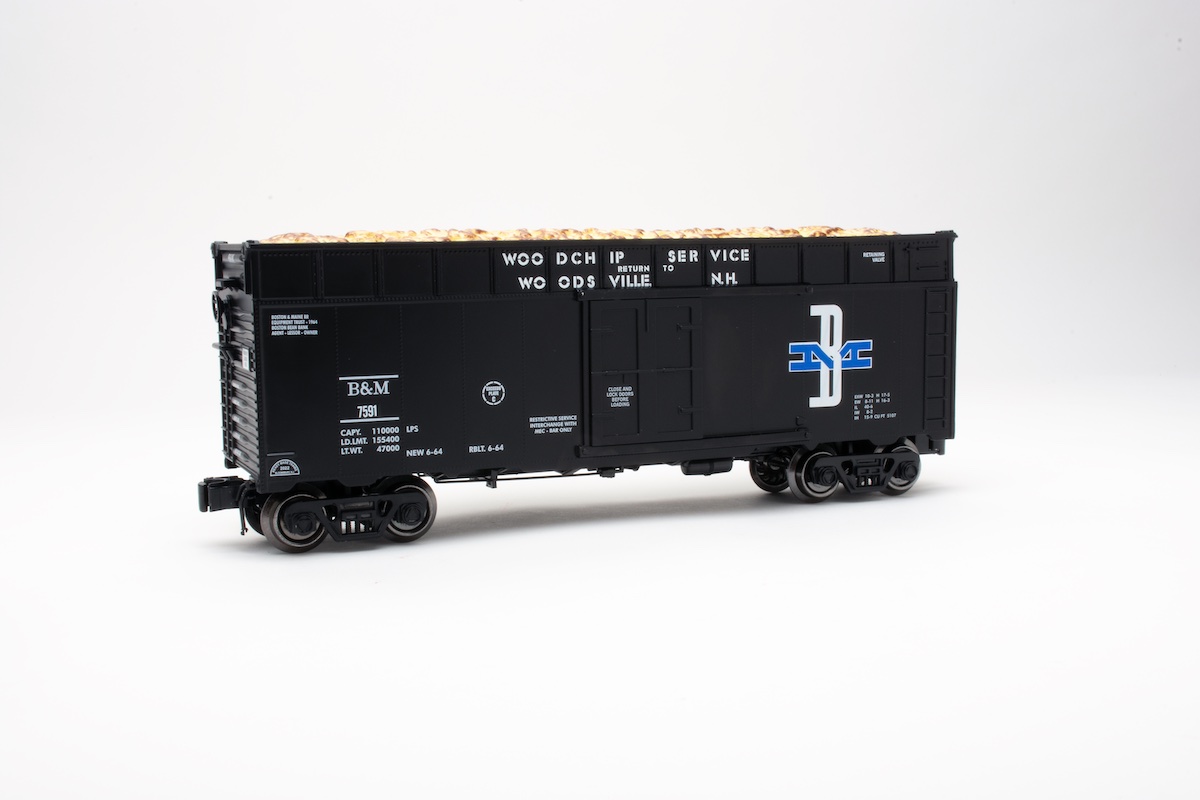Now if somebody would just make a brand-new turbine based on the old one and price it less than a “mint” postwar model, that would be way cool. By this time you’re already ahead of me. You’ve probably guessed that Jerry Williams and Williams Electric Trains already have me covered!
Just like the Williams Berkshire (CTT, December 2001), this engine isn’t an attempt to re-create the Pennsylvania Railroad’s real S2-class turbine as much as it is an attempt to breathe new life into a postwar toy engine. On that score, Williams sure knocked this one out of the park.
The engine is 20 inches long or 80 feet in O scale, a virtual match with my postwar engines although far short of O scale models of the real-life turbine. The tooling isn’t an exact copy, but it is darned close. All the major reference points are present, and the level of texture and detail on the casting looks significantly fresher than on an original turbine. The spacing or positioning is different for many physical features, such as rivets, piping, and hatches.
The locomotive has a constant voltage headlight and a smoke unit. About the only nit I have to pick is that the brass rim of the smoke unit extends just above the top of the smokestack.
Like the Lionel model and the real axle-driven turbine, the only running gear are the side rods connecting the drivers. The drivers are steel-rimmed, with the rear set wearing traction tires.
Like the original Lionel, the cab is filled with a motor head, though in this case a can motor and not the famous Lionel “atomic” motor.
The tender is a spot-on copy of you-know-whose streamlined model, down to the water scoop. I was pleasantly surprised to find six-wheeled trucks with die-cast frames. I had been expecting to find it equipped with four-wheeled trucks. Nice job, indeed!
The Pennsylvania road name is expertly applied in silver.
The total package looks so sharp that I’m disappointed the turbine comes in only one road name! Maybe the folks at Williams will consider offering an undecorated version so you can create a New York Central or Rock Island turbine of your own.
On the test track
Our low-end average was 26 scale mph, and the high-end average was 150.4 scale mph. Drawbar pull is 1 pound, 9 ounces. With our standard mixed make and vintage freight train in tow, we timed the turbine at 112.8 scale mph when running at 18 volts.
The locomotive mounts two pickups on the engine (powering the motor and headlight) and two on the tender (powering the electronic whistle). The engine’s pickups are 41/2 inches apart and the tender’s are 4 inches apart.
The motor is exceptionally quiet and delivered pretty much the same performance throughout our testing cycle, indicating that it needed little break-in time.
The smoke unit produced an amazing cloud of fan-driven white stuff, so thick that I believe I must have been doing something wrong priming the smoke unit on the Williams Berkshire. The output on this engine was significantly higher. Run this baby for a while and you’ll be needing to crack open the old train room windows for air!
The turbine has a constant-voltage headlight – a nice feature that’s worth noting – since it is flicker-free.
The True-Blast digital whistle has a nice sound to it. As with the Williams Berkshire it has a set whistle sequence, so with one touch you get a series of blasts.
The Williams turbine is a dynamic little locomotive that will remind you that it’s okay to sit on the floor with your legs crossed and laugh as you drive a train at wild speeds through a figure-eight.
For those re-entering the hobby and hoping to recapture that childhood thrill of running trains, this is a nice engine to get you started.





